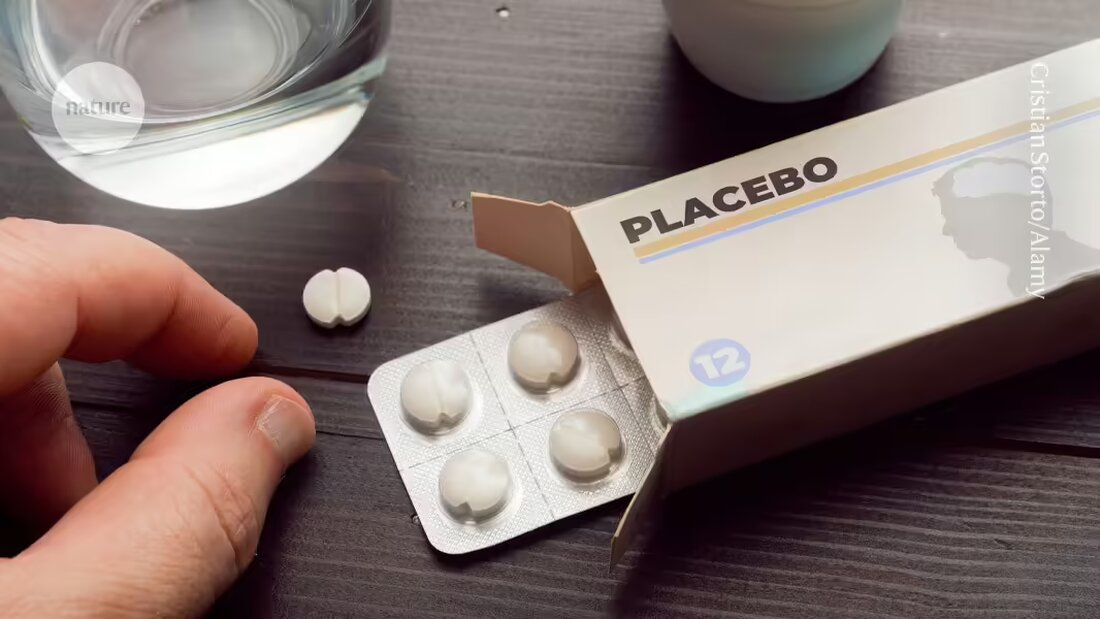How do placebos help with pain relief? Mouse brain study provides information
How do placebos help with pain relief? Mouse brain study provides information
When people take a sugar pill that they believe that they are a pain reliever, this can reduce their pain.
researchers have long known this phenomenon, which is known as a placebo effect. But the biological mechanisms behind it have remained a mystery. Now neuroscientists have identified brain circuits for mice that could explain how placebos can alleviate pain.
In a study Nature published today
"We had no real insight into how [the placebo effect] happens and whether it is a real phenomenon," says Clifford Woolf, a neuroscientist at Harvard University in Boston, Massachusetts. "I think this helped us identify that it is actually a real phenomenon."
The results could ultimately lead to new opportunities to treat pain, says study mitachor Grégory Scherrer, a neurobiologist at the University of North Carolina in Chapel Hill. "We could have a completely new type of medication."
pain -relieving path
Imaging studies in humans have shown that pain relief through placebos is associated with activities in the brain stem and a brain area called anterior cingular cortex.
To further examine this, Scherrer and his team developed an experiment to create a placebo -like expectation of pain relief for mice. With two chambers, one with a pleasantly warm floor and one with a painfully hot floor, they conditioned the animals, to expect that the pain relieves itself on the hot floor when entering the cooler chamber.
With the help of live image die-tools, the team identified a group of neurons that were active during the placebo experiment. These were in the Pontine Nucleus (PN), an area in the brain stem that connects the cerebral cortex to the cerebellum and was not previously associated with pain.
In order to further understand the role of these neurons in pain relief, the authors measured the effects of blocking their activity. When their PN neurons were inhibited, mice that went on the hot floor were more willing to carry out pain-relieving behaviors such as licking their paws, statement and jumping. Mice with activated PN neurons took longer to lick their paws, "because it is not so painful," says Scherrer.
subsequent analyzes of 4,932 neuron cells in the PN showed that 65% opioid receptors had - the same that is activated by strong pain relievers. The neurons with opioid receptors stretched to three areas in the cerebellum, of which they were not previously assumed that they play a role in expecting pain relief. The researchers identified a group of Purkinje cells-the main cells in the cerebellum-which became increasingly active during the placebo experiment.
"There are almost surely endogenous opioids that participate," says Woolf.
new goals
Research could open up new ways to understand how existing pain relievers work and to discover new, more effective.
Scientists could research how they can activate the neural circuit in the brain stem and cerebellum without the use of placebo pills. Future studies could "find a way to make the body's own control mechanisms that can suppress pain life more reliable," says Woolf.
The understanding of these brain circuits could also explain why some pain therapies, such as cognitive behavioral therapies and transcranial magnetic stimulation, actually work.
"The brain is a complicated haystack and we are often looking for a needle," says Tom Wager, a neuroscientist who is researching the placebo effect on Dartmouth College in Hanover, New Hampshire. This study "provides a new goal that we can search for in human studies".
Questions remain open to what exactly activates the placebo effect for those who experience it. "What we still don't know is, why does he not appear with some individuals and with others, and why does it disappear over time," says Woolf.
-
Chen, C. et al. Nature


Kommentare (0)